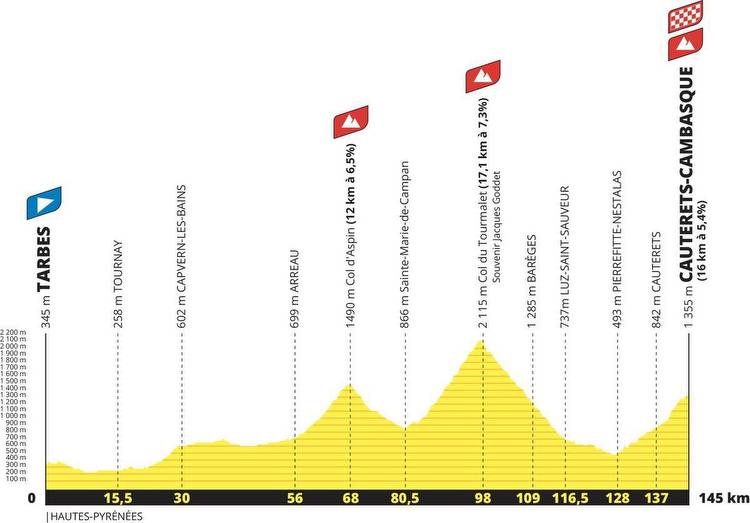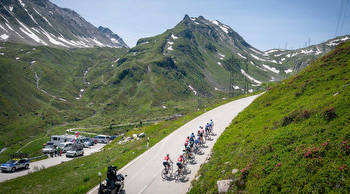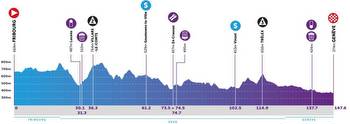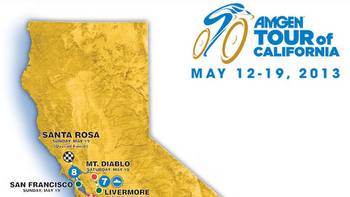Tour de France 2023

There are five mountain ranges visited across the route of the 2023 Tour de France. There are potentially pivotal days at just about every turn next July. The stages that caught the eye are: the summit finish on the Grand Colombier on stage 13 and the passage over the Col de Joux Plane a day later.
The Tour de France 2023 takes place in the Pyrenees. The stage 6 from Tarbes to Cauterets is 145km long. It features three mountain passes. The Col du Tourmalet is the biggest of the three. There is a team time trial in Luxembourg at the end of week one. Miguel Indurain is expected to be in yellow jersey. He will be looking to defend it. In 1992 the Tour paid a visit to the Basque Country.
The Puy de Dôme is one of the Tour de France's holy sites. It has not featured on the route since 1988 due to the construction of a panoramic railway up the dormant volcano. Christian Prudhomme made returning to Pue de dômes an objective on joining ASO in 2004. Raphaël Geminiani knows the climb better than anyone. He raced up it on its first appearance in the 1952 Tour. The final 4km of Pute de Deux is steep and straight and the gradient never drops below 11%. It is 3,600m in elevation.
The stage is 166km long and includes four classified climbs. The Col de la Loze is the highest point of the Tour de France. Miguel Ángel López won the stage in 2020. Primož Roglič won in 2015. The finish line is at the altiport. It is 5,000m higher than the summit of Henri Desgrange. There is a steep kick up to the finish.
The Tour de France has introduced mountain stages on the fourth weekend of the race. The Ballon d’Alsace is the first of these stages. It has only featured four times in the past 40 years. Stage 20 is a 133 km road stage from Belfort to Le Markstein. There are five classified ascents on this stage. The route passes through LeMarkstein ski resort. Last year's penultimate stage of Tour of France Femmes was the last stage in AlsACE.



































